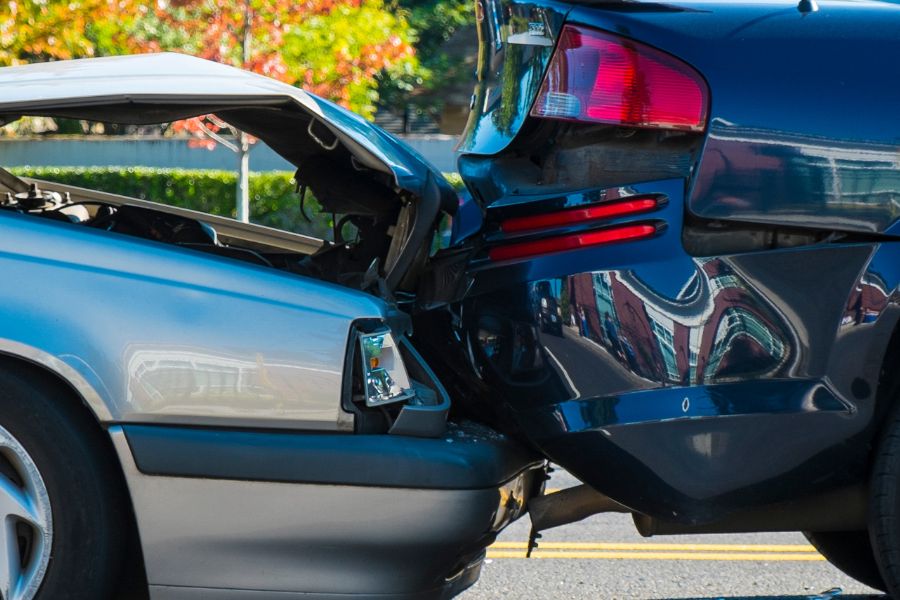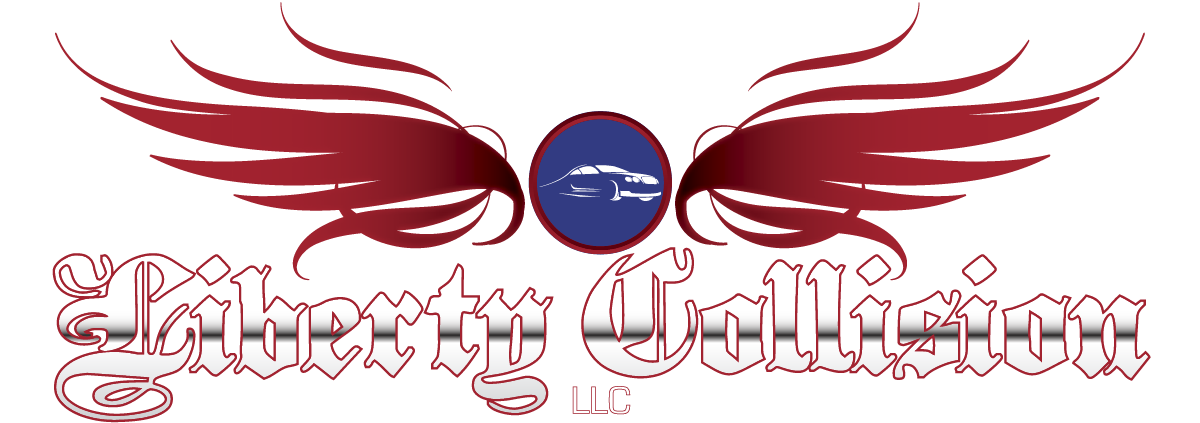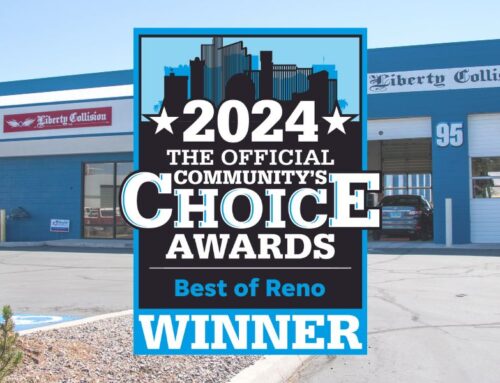
In the aftermath of a collision, one is often faced with a multitude of decisions, among the most crucial being the choice of a repair shop. This decision is often influenced by the distinction between Direct Repair Programs (DRP), also known as “insurance preferred shops,” and non-DRP establishments. However, despite the prevalence and convenience of DRP shops, the choice between a DRP and a non-DRP shop should ultimately rest on individual preferences and informed decisions.
Established Partnerships with Insurers
DRP shops are endorsed and recommended by insurance companies, offering a streamlined process for claims and repairs. They’re typically preferred due to their established relationships with insurers, promising quicker assessments, approvals, and often, cost-effective solutions. This alliance between insurer and repairer can simplify paperwork and streamline communication, expediting the repair process.
Yet, while DRP shops offer notable advantages, they aren’t without their limitations. Customers might feel pressured into selecting a DRP shop, influenced by insurer recommendations or promises of expedited service. However, it’s vital to recognize that this recommendation might not necessarily align with the best interests of the vehicle owner.
Benefits of Non-DRP Shops
On the flip side, non-DRP establishments operate independently of insurance affiliations, providing customers with a broader spectrum of choices. These shops often prioritize individual needs and preferences over catering to insurance demands, potentially resulting in a more personalized repair experience. Moreover, non-DRP shops might have greater flexibility in utilizing high-quality parts and offering more comprehensive repair options.
Which Option is Right for You?
One critical factor to consider is that the designation of a shop as DRP or non-DRP doesn’t solely dictate the quality of repairs. Both categories encompass a diverse range of repair facilities, each with its level of expertise, craftsmanship, and dedication to customer satisfaction. The pivotal point lies in assessing the reputation, qualifications, and customer reviews of a repair shop rather than solely relying on its DRP status.
Ultimately, the decision between a DRP or non-DRP shop after a wreck should be driven by the vehicle owner’s preferences and priorities. Here are some key considerations to weigh when making this choice:
- Quality of Workmanship: Review past work, certifications, and customer testimonials to gauge the shop’s quality of repairs.
- Customer Service: Evaluate how a shop communicates, handles inquiries, and ensures customer satisfaction throughout the repair process.
- Transparency: Look for a shop that offers clarity regarding repairs, pricing, and parts used, fostering trust and confidence in their services.
- Repair Options: Consider whether the shop provides a comprehensive range of repair options and utilizes quality parts aligned with your preferences.
While DRP shops offer convenience and speed in the repair process, the choice between a DRP and non-DRP shop after a collision should be based on comprehensive assessments of individual needs, repair quality, and customer service. Both options present unique advantages, and the priority should always be to choose a reputable shop that ensures the highest quality repairs and customer satisfaction, irrespective of its DRP affiliation. At Liberty Collision LLC, we offer top-quality auto body repair and paint service on all vehicles while maintaining honesty and integrity. Awarded 2023 Best Auto Body/Collision Repair Shop, Liberty Collision in Reno and Sparks is a choice you can trust.



